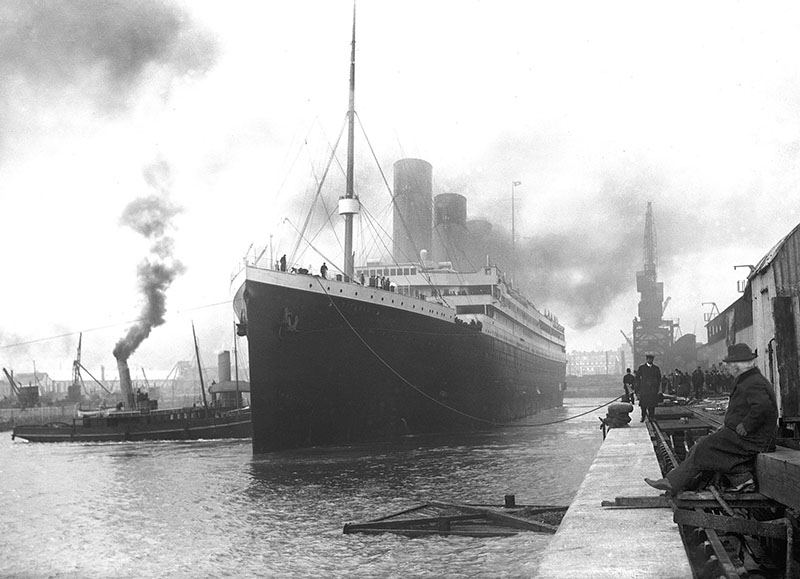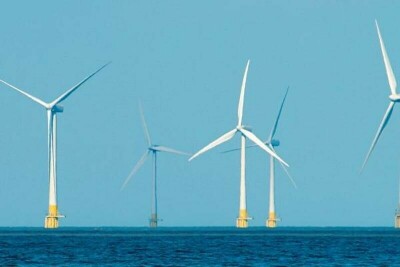New research presented in a British documentary suggests that the 1912 sinking of the Titanic was a story of fire AND ice.
In “Titanic: The New Evidence,” which aired Jan. 2 on Britain’s Channel 4, Irish journalist Senan Molony floated the theory that a coal bunker fire before the ship’s maiden voyage fatally weakened the steel in the ship’s hull, causing the liner’s collision with an iceberg to become a catastrophe that cost more than 1,500 lives.
The theory of a fire on board is not new — Titanic researchers have previously posited that the ship was speeding through treacherous, icy waters in an effort to reach New York more quickly because of a smoldering coal fire. A fire was also was mentioned at inquiries into to the sinking.
Molony, however, says that photographs of the ship show a dark mark on the hull at the same spot the iceberg struck. The photographs were sold recently at private auction and their examination features prominently in the documentary.
“Nobody has investigated these marks before or dwelled upon them,” Molony told the Times of London. “It totally changes the narrative. We have metallurgy experts telling us that when you get that level of temperature against steel it makes it brittle, and reduces its strength by up to 75 percent.”
Not everyone agrees — David Hill, former secretary of the British Titanic Society told the Times he didn’t think the fire made a difference.
“It just shows that even after all these years this old ship keeps throwing up new things that have us scrambling around,” Hill said. “It’s absolutely fascinating.”
The full documentary is available on the Channel 4 website.





